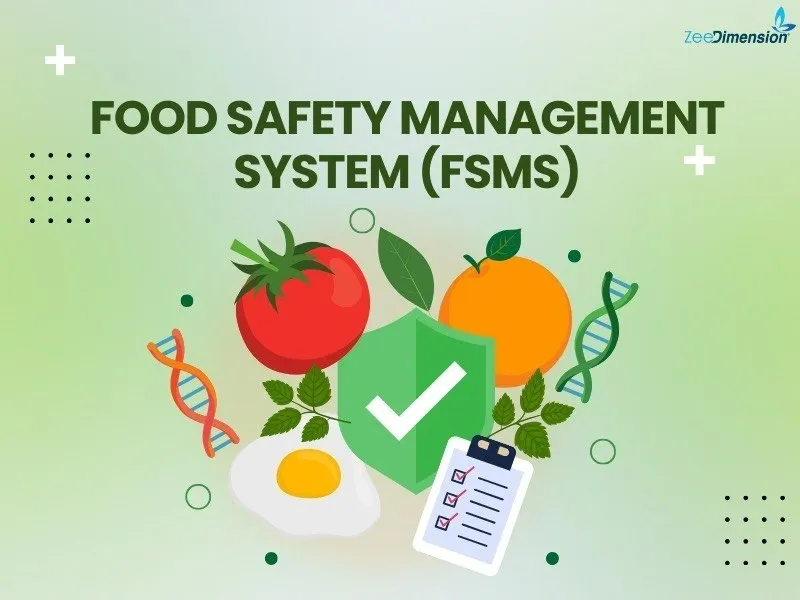
What does FSMS mean?
A Food Safety Management System (FSMS) ensures that food products are safe at every stage of the supply chain, from production to consumption. It helps prevent, eliminate, or control food safety hazards systematically.
Why is a food safety management system important?
A food safety management system is designed to ensure food is safe for consumption and helps prevent outbreaks of foodborne illness while addressing kitchen safety. It involves compliance with food safety regulations to avoid penalties, building consumer confidence by providing safe, high-quality products, and minimizing contamination risks to prevent foodborne illnesses. Additionally, it aids in cost reduction by avoiding recalls and waste and fosters continuous improvement to enhance both safety and efficiency over time.
What are the key elements of a food safety management system?
📷
1. HACCP: Hazard Analysis and Critical Control Points to identify and control food safety hazards.
2. Management Commitment: Leadership support for food safety.
3. Risk-Based Approach: Identify and manage biological, chemical, and physical hazards.
4. Policies & Procedures: Clear guidelines for food safety across the organization.
5. Training & Competency: Regular training for all staff on food safety procedures.
6. Monitoring & Measurement: Ongoing checks and audits for compliance.
7. Corrective Actions: Address and resolve food safety issues promptly.
8. Internal & External Audits: Continuous review to maintain effectiveness.
What is the international standard for food safety management systems?
-
ISO 22000: is a globally accepted standard that describes the specifications needed to create a food safety management system. It integrates and enhances the core elements of ISO 9001 and HACCP, offering a robust framework for the development, implementation, and ongoing improvement of food safety management in organizations.
-
FSSC 22000 : (Food Safety System Certification) builds upon ISO 22000 by incorporating additional sector-specific prerequisite programs (PRPs) and requirements. Recognized by the Global Food Safety Initiative (GFSI), it applies to food manufacturers, packaging material producers, and various other sectors.
-
BRCGS: (Brand Reputation Compliance Global Standards), previously known as BRC (British Retail Consortium), is a leading global organization dedicated to brand and consumer protection. The BRCGS standards ensure product safety, integrity, legality, and quality, making them widely adopted by suppliers and retailers across the globe.
-
SQF (Safe Quality Food): is a comprehensive and reputable food safety and quality program recognized by retailers and food service providers around the world. It is tailored to address the needs of all sectors within the food industry, including primary production, food manufacturing, distribution, and retail.
What are the 7 effective ways to implement a food safety plan?
1. Assess Current Practices: Identify gaps in current food safety processes.
2. Develop Policies: Set clear, compliant food safety policies.
3. Conduct Risk Assessment: Identify potential hazards.
4. Implement HACCP: Define and monitor Critical Control Points (CCPs).
5. Train Employees: Ensure all staff understand their roles in food safety.
6. Monitor & Review: Regularly assess food safety practices.
7. Continuous Improvement: Refine processes for better performance over time.
Conclusion
An effective FSMS ensures the safety and quality of food products, drives continuous improvement, and fosters consumer trust. In today’s global food industry, it’s essential to protect your brand, consumers, and regulatory compliance.







